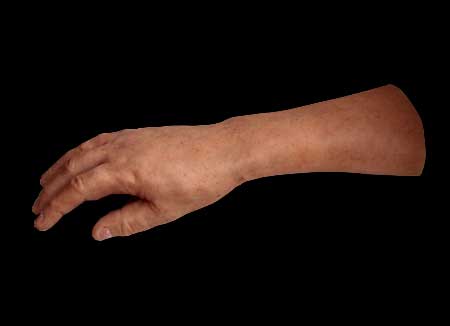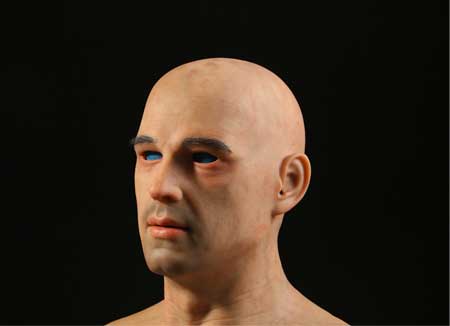What is the difference between silicone, rubber and latex
2020/6/16 13:31:01
From the point of view of application, latex is a liquid, and most of them are used as sticky paint or interior wall paint to make the wall smooth and beautiful. Silica gel is a soft solid, which is characterized by fast absorption and discharge of heat. Most of it is used as a protective film or cooling bag. Rubber is also a soft solid, but it has many uses and is very common in life. It is mainly used for heat insulation and Friction, such as the rubber handle of a spatula, the tire of a car.
1. Silica gel is a kind of silicone rubber. It is insoluble in water and any solvents. It is non-toxic, tasteless, and has stable chemical properties. It does not react with any substance except strong alkali and hydrofluoric acid. Various types of silica gel have different microporous structures due to different manufacturing methods. The chemical composition and physical structure of silica gel determine that it has many characteristics that other similar materials are difficult to replace: high adsorption performance, good thermal stability, stable chemical properties, and high mechanical strength.
2. Rubber is a highly elastic polymer material with reversible deformation. It is elastic at room temperature and can produce large deformation under the action of a small external force. It can be restored to its original state after removing the external force. Rubber is a completely amorphous polymer. Its glass transition temperature is low, and its molecular weight is often very large, more than hundreds of thousands.
Rubber can be divided into two categories: natural rubber and synthetic rubber. Natural rubber is processed from the latex obtained from rubber plants; synthetic rubber is made by polymerization or polycondensation of monomers. Unvulcanized rubber is commonly called raw rubber or raw rubber; vulcanized rubber is called vulcanized rubber, commonly known as cooked rubber or rubber. Widely used in the manufacture of tires, hoses, tapes, insulating materials, rubber shoes, and other rubber products.
3. Latex generally refers to a colloidal emulsion formed by polymer particles dispersed in water, also known as latex. Conventionally, the aqueous dispersion of rubber particles is called latex, and the aqueous dispersion of resin particles is called emulsion. Products made with latex as raw materials are called latex products, such as sponges, gloves, toys, hoses, etc.
Latex is divided into three categories: natural latex, synthetic latex and artificial latex.
Natural latex is a milky white flowing liquid that looks like milk. Natural latex is a biosynthetic product. Due to differences in tree species, geology, climate, and other related conditions, its composition and colloidal structure often show huge differences. In fresh latex without adding any substance, rubber hydrocarbons only account for 20%-40% of the total, and the rest are small amounts of non-rubber components and water. Non-rubber components include proteins, lipids, carbohydrates, and inorganic components. Some of them form a composite structure with rubber particles, and some dissolve in whey or form non-rubber particles.
Synthetic latex is generally obtained by emulsion polymerization, such as polybutadiene latex, styrene butadiene latex, etc. In order to achieve a solid content of 40% to 70%, the rubber particles are first agglomerated into larger particles, and then concentrated using a method similar to natural latex. Synthetic latex is mainly used in industrial sectors such as carpets, paper making, textiles, printing, coatings and adhesives.
Artificial latex is a non-emulsion polymerized rubber latex. Water and surfactant are added to the colloid produced by solution polymerization to disperse the rubber particles in water, and then the solvent is distilled off. If the rubber cannot be fully dissolved in the solvent, the raw rubber and rubber compound can be continuously kneaded in the presence of the aqueous phase containing the emulsifier until a stable aqueous rubber dispersion is formed. The uses of artificial latex and synthetic latex are basically the same.
Skin engineering
We can provide a variety of robot skins and headgear for medical teaching aids, equipment and artificial intelligence
Realistic mask
The simulation degree of the silicone simulation mask has reached more than 95%, it is durable, and the raw material is environmentally friendly and has no peculiar smell








